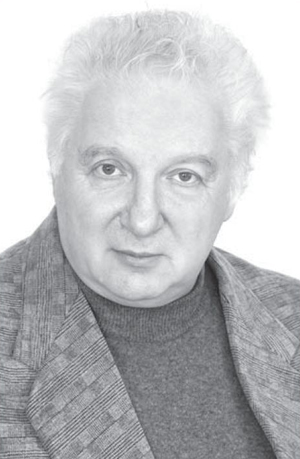DIAGNOSTICS OF FAULTS IN WEIGHTLIFTING EXERCISES BASED ON HIGH-SPEED VIDEO RECORDING
Фотографии:
ˑ:
L.A. Khasin, associate professor, Ph.D.
V.I. Frolov, Ph.D.
Research institute of information technologies of Moscow state academy of physical culture, Malakhovka, the Moscow region
Key words: weightlifting, rational technique, monitoring in sport, instrumental method.
The fullest idea on the rational technique of weightlifting exercises was given in the 70s-beginning of the 80s of the last century. They originated from the researches on the weightlifting departments of SCOLIPC, MRSIPC etc. These ideas laid the basis of the programs of weightlifting expert training of the last 30 years. The applied approaches to studies of weightlifter’s technique were based on the integrated instrumental method, promoting registration of the apparatus relocation, speed and acceleration, athlete’s articular angles, reaction to support and its time-base sweep. Along with other advantages these methods have several faults:
1) due to the use of electromechanical sensors (goniometers, strain gages, motion sensors etc.) measurement error reached 10%.
2) The use of instrumental methods required fixing goniometers on athlete’s body, puttng an athlete on a force platform while measuring, fixing motion sensor on a bar of the apparatus. It made it especially difficult and impossible to use this method during competitions. Consequently, the study of the characteristics of opponents’ and our athletes’ technique during competitions was still unavailable.
3) Registration of technique using video recording 25 frames a second to measure angular and other motion characteristics, on the one hand, promoted giving up the bulky instrumental method, and, on the other hand, was very inaccurate. Thus, as follows from the results of previous researches, the mean value of duration of the amortization phase in a jerk was in the range of 0,11 ±0,01 sec. While recording videos 25 frames a second the fault can reach 0,08 second, namely 80% of the measured value. Therefore, phase limits were determined with low accuracy provoking essential faults while defining athlete’s positions.
4) Low measurement accuracy facilitated designing group model characteristics but did not give enough ground to work individual recommendations of correction of elite athletes’ technical mastership.
5) Timing, angular, kinematic and dynamic characteristics were estimated and it was hard to diagnose faults by 5-7 parameters.
V.I. Frolov, L.A. Khasin [1] suggested diagnosing faults by phase duration. High-speed video recording 500 frames a second was subjected as a measurement method of phase duration with the accuracy of 0,004 second, meaning that the maximum fault in measurement of duration of amortization of the phase in jerk comprised 4% and was within the limits of adequate accuracy. Along with high measurement accuracy of phase duration such an approach has some more advantages such as: a) noncontact registration without interfering in the training and competitive process; b) decision making by the single parameter (phase duration) preventing contradictory situations; c) picture availability to establish accurate correspondence between phase limits and athlete’s and apparatus’s position.
The table below contains a list of faults and recommendations on their correction.
The fault diagnostics was carried out in compliance with the standard rational technique of weightlifting exercises based on their phase structure. New ideas on the modern technique of weightlifting exercises resulted from the researches made in the Research institute of information technologies of Moscow state academy of physical culture in 2010-2012. The technique was analyzed by means of high-speed video recording, mathematical modeling of movements and modern programs of video analysis and processing.
Bibliography
1. Khasin, L.A. Development of technique of allocation of the level of
technical preparedness of athletes of Russian weightlifting national
teams: report on research work; L.A. Khasin. – Malakhovka, 2006.
– 94 P. – № 01940007381, № 02201153766. (In Russian)
Author’s contacts: niit1995@mail.ru



 Журнал "THEORY AND PRACTICE
Журнал "THEORY AND PRACTICE